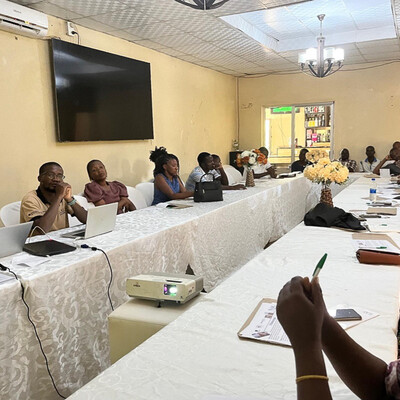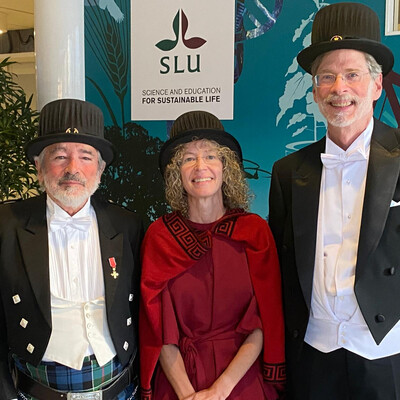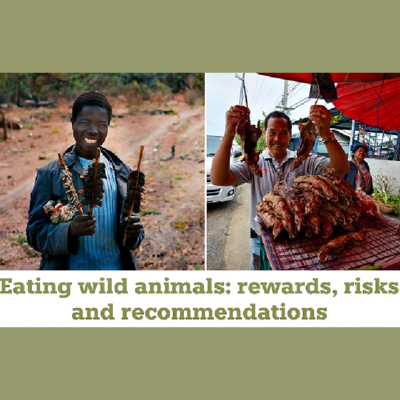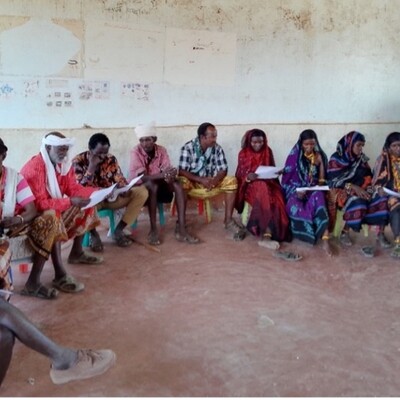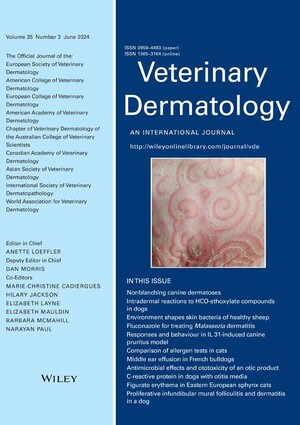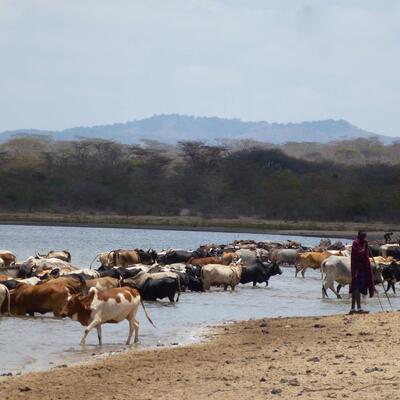
Antimicrobial resistance - a tale of two worlds, or a global threat?
As long as we have had ways to destroy microbes, microbes have been fighting back. Alexander Fleming, who discovered the world's first antibiotic, penicillin, warned that misusing antibiotics could lead to antimicrobial resistance (AMR).
He was right. Today AMR can be found worldwide and is a serious problem. If it is not tackled now, by 2050 one person will die every three seconds because of AMR.
The Boma presenters Brenda Coromina and Elliot Carleton explore how this resistance develops, the scale of the problem, and why it can be found in the most surprising places. Today's episode features Arshnee Moodley, the leader of the Antimicrobial Resistance Hub at ILRI. She talks us through what actions countries need to take against AMR, and why each country needs a different plan.
High-income countries can apply resources and large investments against AMR in ways which low-income countries can't. But AMR isn't just a high income problem or a low income problem. With the ease at which it can spread around the Earth, it's everybody's problem.
Chapters
1.16 Who does antimicrobial resistance (AMR) affect?
2.13 Why does AMR develop?
3.06 What are the consequences of AMR?
4.38 What are the policy approaches for tackling AMR?
6.27 How do responses differ between countries?
8.06 Setting up a national surveillance system
9.34 Why can't we just restrict farmers' access to antibiotics?
13.19 Why AMR is a One Health issue
15.38 The questions we need to ask ourselves
Hover over the player and click on the Share icon ![]() for subscription options.
for subscription options.





